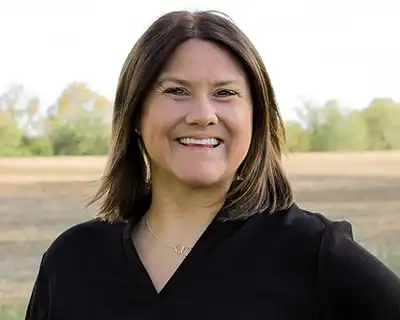Data collection, management, and validation will require third parties to be trusted liaisons between producers and buyers.
USDA’s $1-billion Partnerships for Climate-Smart Commodities Program will require new infrastructure so production systems can measure and monitor on-farm activity to create transparency and authenticity behind climate claims. Input companies and technology providers play a role in supporting producers for practice change and also helping food companies and grocery retailers understand production systems to reinforce and validate their consumer marketing.
How will the government’s $1-billion infusion influence how growers operate and drive premium markets for sustainable produce? That was the focus of The Packer’s panel discussion “Climate-Smart Ag Initiatives: Commodity Markets for a Sustainable Future” at the Sustainable Produce Summit on June 2.
“There’s no question that $1 billion in research funding is going to have impact,” says Tom Stenzel, principal with consultancy The Stenzel Group. “In the specialty crop industry, our land base is small compared to the row crops, so the majority of that funding is going to go to those areas. I think we have to know that. But we’re adamant that we want the fruit and vegetable sector to also get some of those government funds to do research in our space.”

One of the challenges that specialty crop producers face is setting standards for diverse growing operations in varied geographies and growing environments.
“We’re not a monolithic industry,” Stenzel says. “Soybean growers across the country can benefit from almost everything done for soybeans. For us, strawberries are different from citrus are different from bananas. And that makes it very hard in the fruit and vegetable sector to develop standards across the entire industry. So, I think what you’re going to see play out is each individual commodity group having to define for itself what are the best practices? What are the measurement criteria, and then how do you communicate that forward?”
Communicating those standards is crucial for food companies and retailers to earn the trust of consumers. In many ways, specialty crop producers have been on a journey toward regenerative agriculture for years, and there is an opportunity to help consumers better understand how production systems have evolved through criteria that can be measured and validated.
Input companies and other suppliers to growers can help construct messages around growing practices to create more transparency for consumers, says Rob Gibson, global portfolio manager for Certis Biologicals. He says biological controls, for example, once were relegated to small farms that were predominantly focused on organic production, but today about 90% of the company’s products are applied on conventional acres as part of an IPM program, and larger farms are investing in regenerative practices.
“About a month or so ago, I witnessed a 1,500-acre regenerative ag farm, and the guy was really into bios and how they worked, and when you looked at the farm and how clean it was and all the sustainable practices he was using, I immediately thought this can work [at scale],” Gibson says. “These commodity markets are driving the need for biologicals and other sustainable or climate-smart products because consumers are asking for it. This next-gen group of farmers are looking to know: How does their purchase of a product impact the environment? And then, how does regenerative ag play into the benefits [with consumers] that they’re looking for when their product goes to the grocery store and other shops? We continue to work in those integrated pest management programs and get into the spray tank mixes with these other chemistries and help reduce the amount of synthetic chemicals going into U.S. soil.”
Companies that are close to producers are in a good position to generate fact sheets on growing practices to help quantify sustainability metrics and messages to which consumers can relate. In the case of biological products, fewer “pounds on the ground” of hard chemistries, safer products for workers, and tank mixes that reduce sprayer passes all have quantifiable benefits that resonate with consumers.
“One way that we help communicate down the chain is through offering certifications,” Gibson says, adding that certifications and fact sheets on product benefits can help growers be confident in their use and confident in the climate claims they are making with their produce.
Third parties might be best suited to help growers to manage the data needed to verify climate claims. While a host of data is being collected at the farm level, synthesizing it into actionable claims might require purpose-built infrastructure that is objective and trusted.
“I think we’re at the infancy stage [for data reporting and verification],” Stenzel says. “For an individual grower to be able to measure even their own capacity, that’s the first step. Then you’d go to the next level of how do you aggregate that across a commodity? Who trusts who in our industry to share sensitive data? That’s going to be a big challenge. There will probably have to be a third-party data management system that ultimately aggregates data and then shares with customers that are authorized to view the data. We have some models in the food-safety space with third parties aggregating and sharing data. I think there will need to be a middleman between the grower and the end buyer to help aggregate the data in a way that’s then useful to all parties.”



